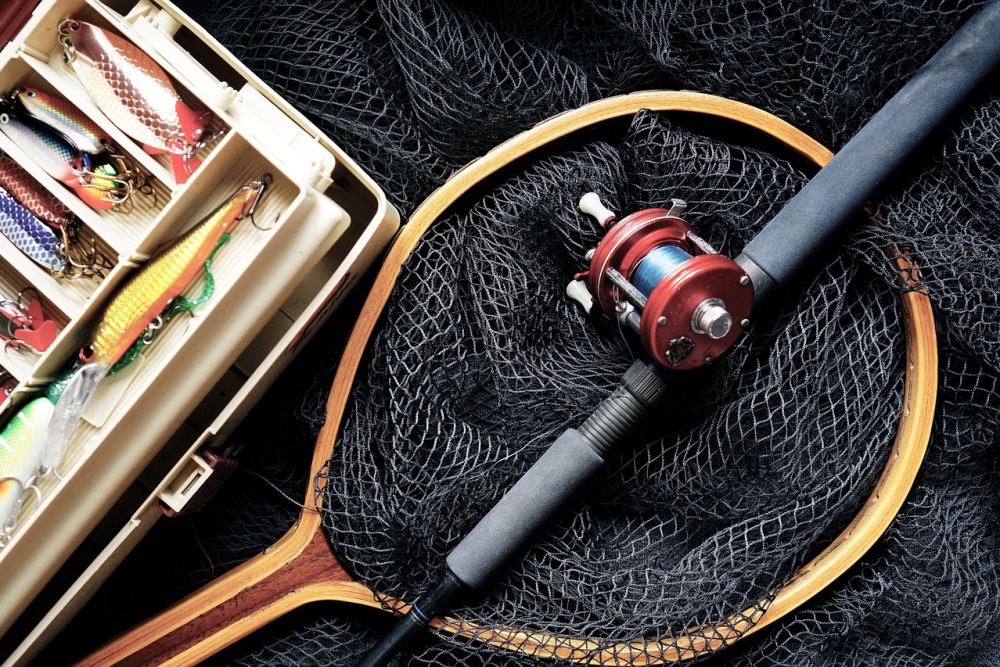
Ice fishing presents a unique and exhilarating way to enjoy the great outdoors during the colder months. Whether seeking solitude on a frozen lake or gathering with friends in the warmth of an ice shelter, the experience combines skill, patience, and a deep appreciation for nature. The rhythmic process of drilling holes, setting lines, and waiting for a bite against the backdrop of a snow-covered landscape provides a distinct kind of thrill. However, preparation is key to making the outing successful and enjoyable. From understanding ice conditions to choosing the right gear, those venturing onto frozen waters must equip themselves with knowledge and techniques to maximize their chances of success while ensuring safety and comfort.
Check Ice Conditions for Safety
Ensuring the ice is thick enough to support weight is the most critical aspect of any ice fishing trip. Ice thickness varies depending on temperature fluctuations, water currents, and snowfall, making it essential to verify conditions before stepping onto a frozen lake. Experts recommend a minimum thickness of four inches for foot traffic and significantly more for snowmobiles or vehicles. Clear, blue ice tends to be stronger than white or slushy ice, which can indicate structural weakness. Using an ice auger or chisel to test thickness at multiple points near shore and progressively farther out provides an added layer of caution. Consulting local fishing reports, speaking with experienced anglers, and carrying safety gear such as ice picks, a throw rope, and flotation devices further minimizes risks. Recognizing signs of unstable ice, such as cracks, shifting noises, or areas with flowing water, ensures a safer experience on frozen waters.
Choose the Right Gear and Equipment
Proper equipment enhances both efficiency and enjoyment while ice fishing. A durable ice auger makes drilling holes faster and more manageable, with manual, gas-powered, and battery-operated models available to suit different preferences. A slotted spoon or skimmer helps clear ice from holes, preventing them from freezing over. Specialized rods designed for ice fishing offer better control and sensitivity compared to traditional fishing poles, while tip-ups provide a hands-free approach for monitoring multiple holes simultaneously. Selecting the right bait and lures based on the target species increases the chances of a successful catch. Live bait such as minnows or waxworms often entices fish, while brightly colored jigs can prove effective in murky waters. Insulated boots, layered clothing, and hand warmers contribute to comfort, ensuring that time spent on the ice remains enjoyable even in frigid temperatures. Equipping yourself with fishing-related clothing and practical storage options like fishing duffel bags further enhances preparedness for long days on the ice.
Locate the Best Fishing Spots
Understanding fish behavior beneath the ice greatly improves the likelihood of a productive outing. Depth, underwater structures, and oxygen levels influence where fish congregate during winter months. Using a fish finder or sonar device helps identify drop-offs, submerged vegetation, and schools of fish beneath the frozen surface. Early in the season, fish tend to stay near shallower waters, while mid-winter conditions often push them toward deeper areas where oxygen levels remain stable. Checking topographic maps of the lake or consulting local fishing reports provides valuable insight into fish migration patterns. Drilling multiple holes and experimenting with different depths helps determine the most active areas, increasing the chances of attracting a bite.
Dress for Cold Weather Conditions
Staying warm and dry is essential for maintaining comfort and focus while ice fishing. Layering clothing allows for better temperature regulation, with moisture-wicking base layers keeping sweat away from the skin and insulating layers providing warmth. A waterproof and wind-resistant outer shell protects against biting winds and unexpected precipitation. Insulated gloves and hats help retain body heat, while heated socks or foot warmers prevent toes from becoming uncomfortably cold. Portable ice shelters offer additional protection, shielding anglers from harsh weather while providing a comfortable space to set up gear. Keeping extra clothing on hand ensures preparedness for sudden weather changes, preventing discomfort from damp or chilled garments.
Use Effective Techniques to Attract Fish
Success in ice fishing relies on patience, skill, and an understanding of effective techniques. Subtle movements of the rod tip, known as jigging, create lifelike motion that attracts fish by mimicking natural prey. Varying the speed and intensity of jigging helps determine what entices fish on a given day. Tip-ups, which signal a bite by raising a flag, allow for a more passive approach while monitoring multiple holes. Adjusting bait depth to align with the natural feeding zones of different species improves results. In murky waters, scented baits or lures with built-in rattles can enhance visibility and appeal. Paying attention to fish activity levels and adapting techniques accordingly maximizes the chances of landing a rewarding catch.
Ice fishing offers a distinct and immersive way to experience winter while refining angling skills in a challenging environment. Preparation, from checking ice conditions to selecting proper fishing gear and attire, sets the foundation for a safe and enjoyable outing. Understanding fish behavior, experimenting with different locations, and using effective techniques enhance the likelihood of success. The thrill of feeling a tug on the line beneath the frozen surface, combined with the serene beauty of a snow-covered landscape, makes each outing a memorable adventure. Whether pursuing a quiet moment of solitude or enjoying the camaraderie of fellow anglers, the experience of ice fishing leaves a lasting impression that draws enthusiasts back to the frozen lakes year after year.
EDITORIAL POLICY
The Flash List is dedicated to providing trustworthy editorial content by maintaining strict ethical standards, journalistic integrity, and credible professionalism regardless of any remuneration as working media. The Flash List is not affiliated with third-party companies mentioned and makes no endorsement or guarantee expressed or implied. The preceding article, which contains affiliated link(s) for which compensation was received, is intended for informational reference only and does not constitute advice of any kind. Moreover, a qualified professional should be consulted regarding any lifestyle consideration, medical treatment, or monetary transaction, etc. Content is published in accordance with USFTC regulations and terms and conditions.
MORE ON THE FLASH LIST
































